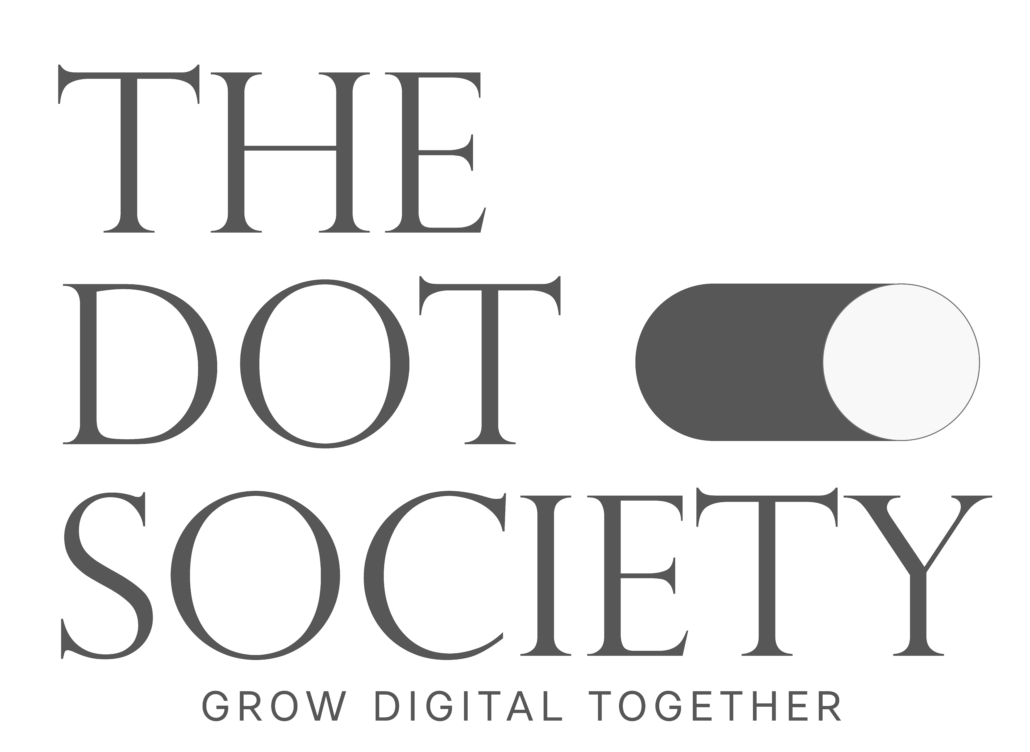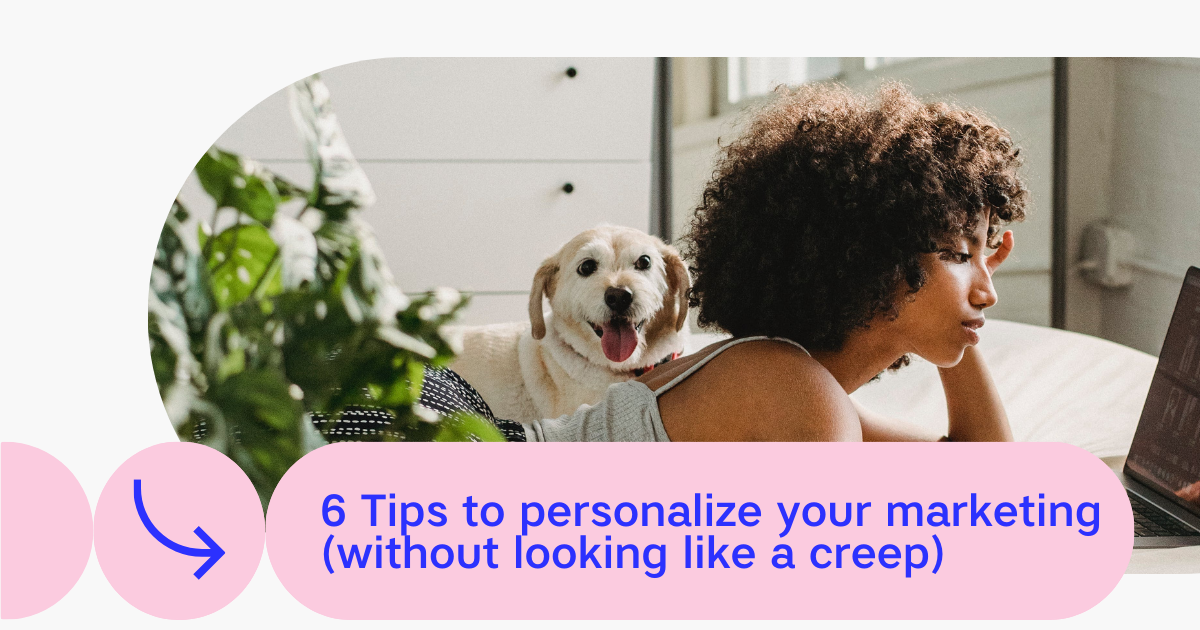In recent years personalisation has become an important aspect of marketing. Almost three-quarters of online consumers are frustrated by websites with content that has nothing to do with their real interests (Hubspot). By identifying unique customer characteristics, you have the opportunity to tailor promotional messages to the customer and personalise your marketing messages. Instead of pushing one message to the masses, it is now possible to reach your customers on a more individual level. We’d like to give you some tips on how to offer your customers a better, more personalised marketing experience without them feeling that their privacy has been violated.
Collect as much data as possible
Personalisation within marketing starts with the collection of data. But what is the best way to get hold of this data? Start by developing a list of attributes you would like to collect. Secondly, it is very important not to overwhelm the consumer with thousands of questions. Instead, ask them a question periodically here and there, collecting it all in a central profile. You can also enable your customers to maintain their own data, allowing them to control what information you obtain from them. Additionally, you can consult the following useful data sources : web statistics (e.g. Google Analytics), mobile app-analytics, social media statistics…
Segment your email database and personalise messaging
Do you want to generate better response for your email campaigns? Then it might be a good idea to segment your email list. You can do this in different ways. The simplest way is to segment based on a marketing persona. For example, if you have identified three separate marketing personas that make up your ideal customers, segment your list into three different parts.
Use the actual names of your customers in email messages
“Hi customer” and “Dear friend,” are both unacceptable greetings for your e-mail communication. The name of a prospect or a lead is one of the easiest pieces of lead intelligence to collect. For example, if they have completed a contact form on your website, at least you have their full name and email address, right?
Send your email messages from a person, not a company
This is probably the easiest way to create a more personalized experience for your email recipients. Instead of using the name of your company as the sender, make it the name of a living, breathing member of your marketing team. Also, consider adding a photo and email signature to the email to show that a real person has taken the time and effort to create the message.
Create custom landing pages focused on different marketing personas
If you don’t have the capacity to create content aimed at each of your company’s personas, you should at least create targeted landing pages for your different offers. Adapt the language and messaging in your landing pages to the specific needs of that particular segment and do so for each segment.
Respond to prospects and customers on social media
Consumers increasingly go to social media sites such as Facebook, Instagram, LinkedIn … to do some research to support their purchasing decisions. So make sure that a real person follows and answers questions and comments in social media and is willing to provide the best and most appropriate content for the specific needs of your followers and fans.
This post is also available in: Dutch




